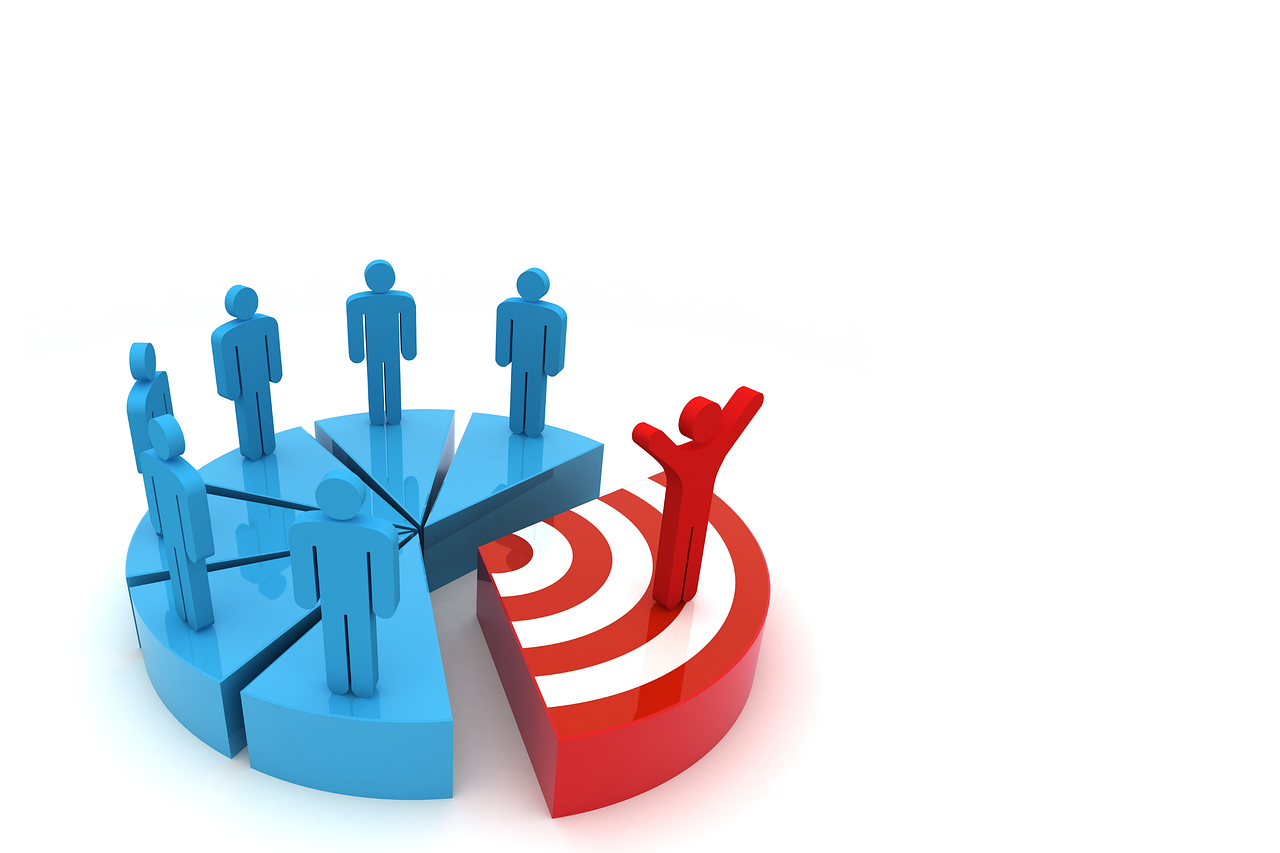Why Knowing Your Target Audience Matters
Imagine trying to sell luxury watches to teenagers or vegan food to steak lovers—it wouldn’t work, right?
That’s why understanding your target audience is the foundation of effective marketing. If you don’t know who you’re speaking to, your message gets ignored.
But what exactly does "target audience" mean? And how can defining it improve your marketing results? Whether you’re launching a product, running a Google Ads campaign, or creating content, knowing your ideal audience is the key to success.
Let’s break it down.
What Is a Target Audience?
A target audience is the specific group of people most likely to be interested in your product or service. These individuals share common characteristics, making them ideal customers for your business.
Your target audience can be defined by:
1. Demographics:
Age, gender, income, education, job title
2. Geographics:
Country, city, urban vs. rural
3. Psychographics:
Interests, values, lifestyle, personality traits
4. Behavioral Data:
Buying habits, brand loyalty, online activity
Example: If you sell organic skincare products, your target audience might be:
Women aged 25-45
With high disposable income
Who value sustainability & self-care
Why Defining Your Target Audience Is Crucial
If you try to market to everyone, you end up reaching no one effectively. Here’s why defining your audience is a game-changer:
1. More Relevant Marketing
Tailor messages to match customer needs & interests.
2. Increased Marketing Efficiency
Avoid wasting resources on people who aren’t interested.
3. Higher Conversions & ROI
Targeted campaigns lead to better engagement & sales.
4. Stronger Brand Loyalty
When customers feel understood, they trust your brand more.
How to Define Your Target Audience
Finding your ideal audience takes research & strategy. Here’s how:
Analyze Your Existing Customers
Use Google Analytics & social media insights.
Study customer purchase behavior & engagement.
Conduct surveys to understand pain points & motivations.
Ask Yourself:
What do my best customers have in common?
Why do they choose my product?
What problems are they trying to solve?
Research Your Competitors
Identify who your competitors target.
Study their ads, content, and social media followers.
Look for gaps in their strategy—how can you do better?
Create Detailed Buyer Personas
A buyer persona is a semi-fictional profile of your ideal customer. It includes:
Name & Age (e.g., Eco-Conscious Emma, 32)
Occupation (e.g., Marketing Executive)
Pain Points (e.g., Wants skincare without harmful chemicals)
Goals & Interests (e.g., Values sustainability & wellness)
Preferred Platforms (e.g., Active on Instagram & Pinterest)
Why it matters: Buyer personas help guide content, ad targeting, and messaging.
Test & Refine Your Audience
Run A/B tests on different marketing messages.
Track engagement and adjust based on real data.
Stay updated with shifts in consumer behavior.
Examples of Target Audiences from Top Brands
Nike: Young athletes & fitness enthusiasts (18-35) who value performance & innovation.
Starbucks: Urban professionals (25-45) who enjoy premium coffee & a social atmosphere.
Toyota: Families & individuals (30-60) seeking reliable & affordable vehicles.
Each brand tailors its marketing strategy to its specific audience.
Common Mistakes When Defining a Target Audience
“Everyone is my target audience.”
Reality: Broad targeting reduces effectiveness—focus on specific groups.
“I don’t need to update my audience profile.”
Reality: Consumer preferences change over time—regular updates are essential.
“Demographics alone are enough.”
Reality: Behavior & psychographics provide deeper insights into customer motivations.
How Target Audience Impacts Google Ads Success
Running Google Ads? Your target audience determines ad performance.
Google Ads allows you to target based on:
1. Keywords
What search terms are they using? (e.g., “best running shoes for beginners”)
2. Location
Are they local, national, or global customers?
3. Demographics
Target by age, gender, and income.
4. Interests & Online Behavior
What are they browsing and engaging with?
Pro Tip: The better your targeting, the higher your conversion rates and the lower your ad spend!
Conclusion: Know Your Audience, Grow Your Business
Understanding your target audience is the foundation of successful marketing.
It helps you craft relevant messages.
It saves time & money by focusing on the right people.
It boosts engagement, conversions, and brand loyalty.
Ready to define your audience?
Start by:
Analyzing your current customers
Researching competitors
Creating detailed buyer personas
Refining your audience based on data
By understanding who you’re marketing to, you’ll increase your impact, drive better results, and grow your brand successfully.

